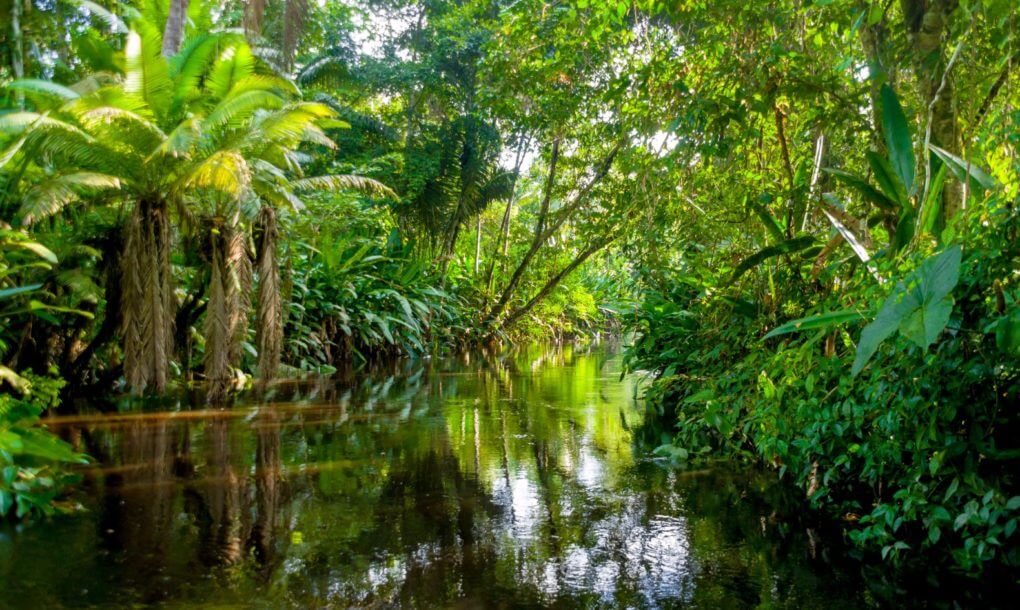
Conservation International is aiming to plant 73 million trees in the Brazilian Amazon in the most extensive reforestation project ever. The trees are to be planted in the “arc of deforestation” which runs through the Brazilian states of Amazonas, Acre, Rondônia, and Pará, as well as throughout the Xingu watershed. The project aims to restore 70,000 acres of tropical forest in the short-term.
As M. Sanjayan, CEO of Conservation International said in an interview with Fast Company:
“If the world is to hit the 1.2°C or 2°C [degrees of warming] target that we all agreed to in Paris, then protecting tropical forests, in particular, has to be a big part of that. It’s not just the trees that matter, but what kind of trees. If you’re really thinking about getting carbon dioxide out of the atmosphere, then tropical forests are the ones that end up mattering the most.”
Ceasing deforestation could allow for the absorption of 37% of the world’s annual carbon emissions, but scientists worry that 20% of the Amazon might be deforested in the next two decades, in addition to the 20% that was deforested in the past 40 years. To combat the swift pace of destruction, Conservation International is utilizing new, effective planting techniques that would be applied worldwide. According to Sanjayan:
“This is not a stunt. It is a carefully controlled experiment to literally figure out how to do tropical restoration at scale so that people can replicate it and we can drive the costs down dramatically.”
The planting method that's used in the project is called muvuca, which is a Portuguese word used to describe many people in a small place. It involves hundreds of native tree seeds of various species being spread over every inch of deforested land. Then, natural selection allows the most suited to survive and thrive. As a 2014 study from the Food and Agriculture Organization and Biodiversity International discovered, more than 90% of native tree species planted using the muvuca method germinate and are well suited to survive drought conditions for up to 6 months.
As Rodrigo Medeiros, Conservation International’s vice president of the Brazil program and project lead said, according to Fast Company:
“With plant-by-plant reforestation techniques, you get a typical density of about 160 plants per hectare, With muvuca, the initial outcome is 2,500 species per hectare. And after 10 years, you can reach 5,000 trees per hectare. It’s much more diverse, much more dense, and less expensive than traditional techniques.”



Images via Depositphotos
References: Fast Company, Inhabitat
















Why were these areas deforested, and what will prevent them from immediately again being deforested?
ReplyDelete